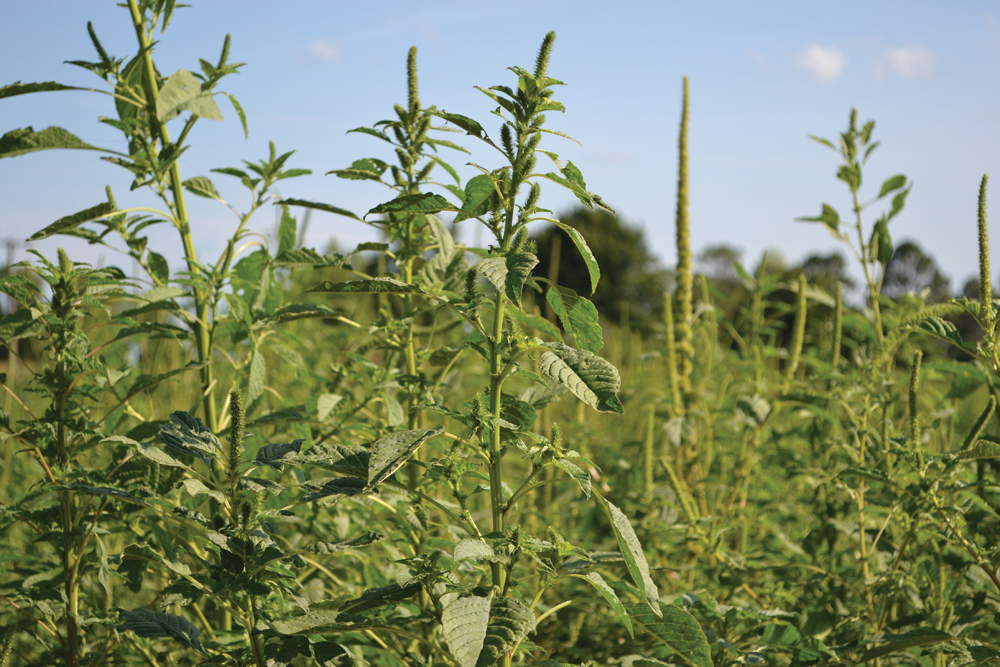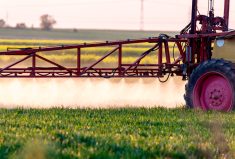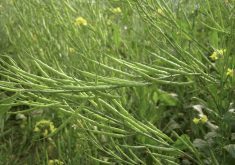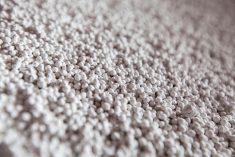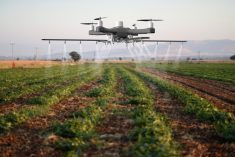Researchers in the southern U.S. have found what they say is the first broadleaf weed in the world to beat the active ingredient in BASF’s Liberty herbicide.
The University of Arkansas last week announced its ag researchers had found glufosinate-resistant Palmer amaranth in crops in two eastern Arkansas counties across the Mississippi River from Memphis.
The finding “does not appear to be widespread” in those counties, they said — and among other weeds, only four grasses are known to have developed glufosinate resistance, three of those in other countries overseas.
Read Also

Dryness poised to threaten Saskatchewan crops
Crops in Saskatchewan are developing in opposite directions, the province’s latest crop report said. Growing conditions in the province vary, with some areas receiving enough rain while other locations are experiencing crop stress due to hot, dry conditions.
But the finding may not bode well for the chemical’s expanded use against weeds that have already developed resistance to other chemistries.
Bayer, for example, recently expanded its Roundup Ready Xtend crop system to include a new line of XtendFlex soybeans, which have tolerance not only to glyphosate and dicamba but to glufosinate as well, partly as a way to expand growers’ options against herbicide-resistant weeds throughout the growing season.
Glufosinate, a broad-spectrum Group 10 product, “is one of the few remaining chemistries that are effective in controlling pigweed in soybeans and other crops,” Arkansas extension weed scientist Tom Barber said Thursday in a release.
“We have put a lot of selection pressure on glufosinate the last 10 years or more, so no, it is not surprising… and likely was inevitable.”
The resistance in Palmer amaranth was first reported last summer in two “fields of concern” in Mississippi County where three applications of the chemical had failed to control the weed. “These two fields had that ‘look’ and were very suspicious, to say the least,” Barber and other researchers wrote in a blog post last week.
Putting the strain of Palmer amaranth through the screening process to confirm resistance, the researchers found the biotype from Crittenden County was 3.5 times less sensitive to glufosinate, and the cases in Mississippi County “appear to be at least 15 times more resistant than the susceptible standard used for evaluation in the screening.”
Without glufosinate, “in cotton or soybean crops, the options are limited, especially post-emergence,” Barber said, recommending the use of two residual herbicides at planting, along with “paraquat at planting to make sure we start clean.” Dicamba and use of the Enlist system are also options.
However, “the best plan is to rotate to corn or rice on the acre if possible as well as remove all pigweed escapes, which will reduce seed returning to the seed bank,” he said.
Tommy Butts, also an extension weed scientist and co-author of the blog post, said growers can slow herbicide resistance in weed populations by avoiding “overreliance” on a single control method.
“Now, more than ever, it is a must to diversify weed control strategies and implement an integrated weed management approach including cultural, mechanical and preventative tactics,” he said. — Glacier FarmMedia Network


